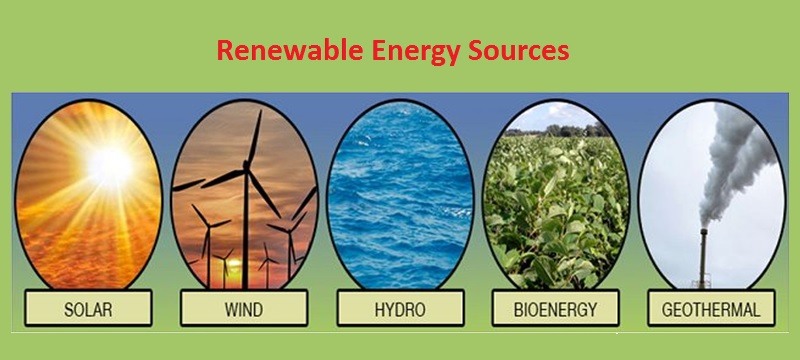
Solar sector needs better power storage, grid infrastructure, and government support to meet growth predictions. Here’ more on what’s holding back the growth of solar power, and why most governments are going so slow on fully exploiting this means of energy.
- Costs involved in the transmission of solar power have not fallen as fast as the costs to build panels.
- Batteries that store excess power for night time or cloudy days remain expensive, although costs are coming down.
- A better solution, which is already proliferating across the world, is to combine solar with other available renewable technologies – hydro, wind, tidal and geothermal.
GET INSTANT HELP FROM EXPERTS!
- Looking for any kind of help on your academic work (essay, assignment, project)?
- Want us to review, proofread or tidy up your work?
- Want a helping hand so that you can focus on the more important tasks?
Hire us as project guide/assistant. Contact us for more information
“You have a very strong seasonality in solar production. That is a problem at higher latitudes. If you would connect all the countries around the world then always somewhere the sun would shine and problem solved. But we are still quite far from that situation,” Yan Qin, a senior modeling analyst at Thompson Reuters Point Carbon.
Experts say that instead of exponential growth, solar would witness moderate growth as seen in recent years, but the growth will flatten out, turning into an S curve.
This is probably one of the most awesome Solar Energy commercial EVER made.
Talking about double standards, we all hear about these great programs that most governments around the world are undertaking, yet you hardly see any solar panel atop an airport or any municipal building. This really makes you wonder why most governments are going so slow on fully exploiting this means of energy.
As long as the sun is out and it never gets dark, and the wind never stops moving, we still have hope.
Just setup solar panels on rooftops and deserts, and put wind turbines on top of hills and mountains, and we’ll never run out of energy, and its going to be cheaper too.
Checkout this video, from Zap Root, Batteries fall from the SKIES!!!
Solar Power for Home & Office
Solar Power for Home & Office: This is your comprehensive guide on everything related to Solar Panels and other forms of alternative energy. You’ll have answers to all your questions such as “How Much Do They Cost” & “How to Lower Your Solar Power Costs”.
Solar & wind are among the fastest growing renewable energy resources today, and most governments have favorable policies in place to promote their use. Solar energy has several advantages over fossil fuels and non-renewable sources of energy, but then they also offer several benefits over other renewable energy resources, such as:
- Energy generated from solar panel systems is one of the most green and ecologically friendly sources of energy
- Solar power can be used almost anywhere on earth, whereas other sources may not be suitable in many locations due to lack of resources.
- Solar panels are quiet and don’t have moving parts, they also don’t work all the 24 hours in a day.
- Solar systems need simpler equipment that can be installed easily, compared to hydro and wind energy, and have a longer life. They can also be managed for long periods without monitoring.
- Solar energy can provide predictable output compared to other sources, which can be sporadic in some areas.
- Currently, most governments are offering incentives to install solar panels
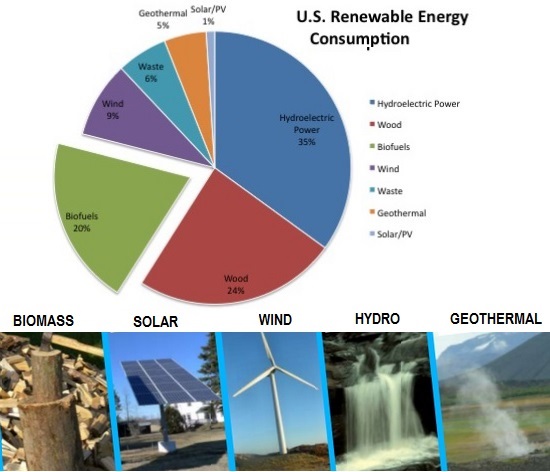
Any disadvantages of solar energy? Of course there are a few:
- Solar Panels don’t work at night
- Solar Panel system can look clumsy, compared to say a wind turbine
- Solar power is expensive compared to wind power (overall), but you can always get started with a smaller & cheaper solar setup.
GET INSTANT HELP FROM EXPERTS!
- Looking for any kind of help on your academic work (essay, assignment, project)?
- Want us to review, proofread or tidy up your work?
- Want a helping hand so that you can focus on the more important tasks?
Hire us as project guide/assistant. Contact us for more information
Trivia: Can wind energy be called another form of solar energy? Why Not! After all winds are caused by the uneven heating of the atmosphere from sun. This creates low-pressure and high-pressure areas, which cause air to move.
Solar Power System
Once the Solar Power System is in place, over a span of time, you can just sit back as the maintenance-free system generates electricity at no additional cost, month after month.
Once its setup:
- For most months of the year you’ll have almost nil electricity bill.
- During sunny days, if you’re in office and not consuming electricity at home, your meter can feed back electricity through the utility grid.
- If the sun in not shining enough, you can always fall back on electricity to power your passive solar home.
- Your house can easily be worth $8k to $10k more because it produces all the electricity it needs and will continue to do so for years, electricity bills will continue to climb, but not for you.
- As a bonus, these systems are also eligible for federal, state, and county incentives and rebates.
What’s the Fuss About Panels?
Solar panels are available in different shapes and sizes (round, square, and rectangle) but their main purpose is to convert sunlight in order to make electricity.
Talking about panels, crystalline panels are the more common type, available for most residential solar energy projects. They are around 20% efficient, you get up-to 25 year warranties, but are bulky, rigid and requires lot of effort to set them up (these all adds to the price).
- Crystalline panels are available in two varieties: monocrystalline and polycrystalline.
- Monocrystalline silicon panels can be cut in shapes to minimize waste, are more efficient panels, but cost more than other types.
- Polycrystalline silicon panels are usually cut into square wafers, are comparatively less energy efficient, but are cheaper compared to the monocrystalline panels.
- Want something better looking? The Building Integrated Photovoltaics (BIPV) panels are the best-looking option currently on the market. These are thin and of the same size and shape as roofing shingles. Though these are expensive, and somewhat less efficient than traditional crystallines, there are many users who prefer these because of their aesthetic looks.
Most people worry about a few things when using these panels:
- The overall cost
- The space that the panels will occupy.
- How many years they’ll last
We’ll be talking about the cost part in the subsequent para’s, but the size of the array of panels depends on the efficiency of the panel (how well it converts the solar power). Every panel is given a DC power output rating (based on standard testing results), the ratings usually range from 100 watts to 350 watts.
So a 7 percent efficient 300 watt panel will require twice the area/space as a 14 percent efficient 300 watt panel. And what’s the highest efficiency achieved by commercial panels? As of now, its around 20%-21%.
The future will most probably be powered by renewables! As we look for alternatives to the finite and polluting fossil fuels, cleaner, reliable, and more affordable renewable technologies such as solar electricity will most likely become the mainstay of our energy supply in the future.
And using solar panels seems to be one of the easiest and most effective ways to go green and reduce your energy bills.
So depending on the available space you have to install those panels, you could choose the ones with the appropriate efficiency.
And do these go through wear & tear?
They do, and are subject to some degradation in output every year. But then most panels carry a warranty that guarantees 90% of rated power for at least 10 years and 80% of rated output for a minimum of 25 years, which is not bad at all.
Panels are quite common nowadays and can be found in several products, such as calculators, satellites, on top of buildings and houses or standing alone in fields and even space ships. Photovoltaic’s can now even run your laptop, Blackberry, Ipod, Iphone or any other electronic, wherever you are.
Typical Solar Powered Systems
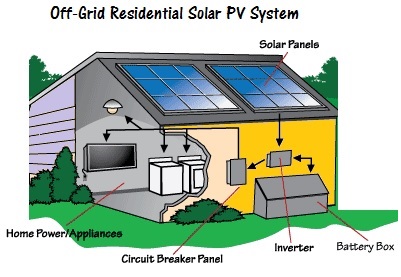 A typical kit usually consists of an array of solar panels, an inverter, a rooftop rack system, and all the necessary wiring. There’s a meter that tracks the power produced, and a battery to store the energy (which can be used when the sun is not there).
A typical kit usually consists of an array of solar panels, an inverter, a rooftop rack system, and all the necessary wiring. There’s a meter that tracks the power produced, and a battery to store the energy (which can be used when the sun is not there).Remember, the role of an inverter is to convert the DC power (generated by the solar system) to AC (alternating current) power, which is what most electrical devices at home need to run, and is also used by the electrical grid.
You can easily build a simple solar power set-up that can run all the lights in your home, a TV, stereo, computer, or similar electrical device. All you need is solar panel, battery, inverter and a set of car jumper cables.
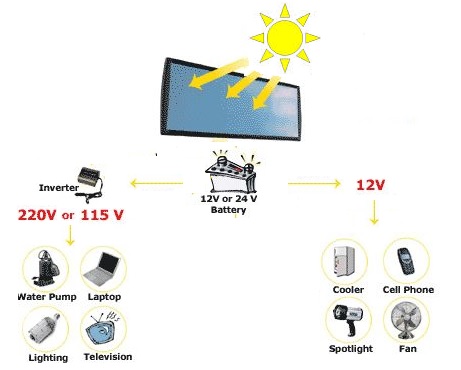
The cheapest kits can cost as low as a couple of hundred dollars. You can now run your laptop, iPhone or any other electronic gadget, wherever you are. Take them camping or to the beach, you’ll never be far from a plug again.
This is indeed a simple system that you can use (that anyone can put together) to run some basic electronics. However for bigger use, the number of panels required will actually depend on how much electricity you want to consume.
Costs / Prices & Factors that Affect it
The cost is going to be different based on your usage and the prices of the panels will also depend on which one you choose. Remember we spoke about the various types of panels and their effectiveness?It also depends on what you’re trying to achieve, do you intend to cover part or all of your electricity bill?
In general, here are some good questions to ask before you proceed with the installation:
- How many kilowatt hours does your home use per month? (can be easily found out from the electricity bill you receive)
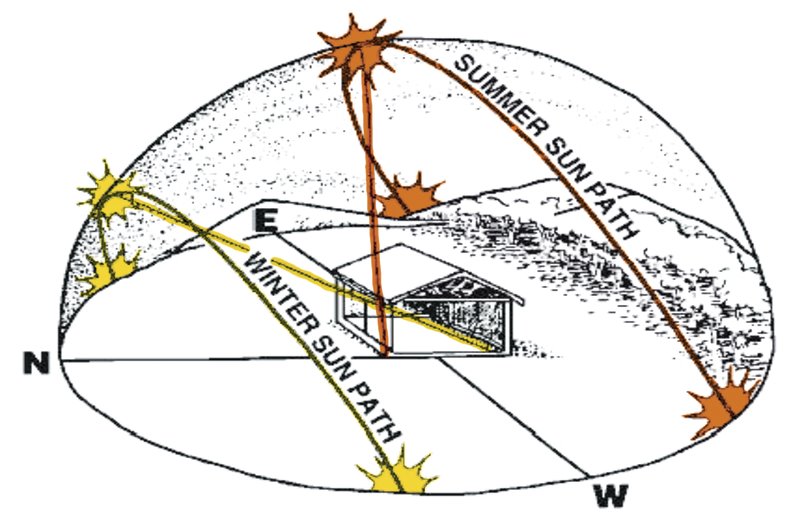
- How much roof area do you have to install the panels on? (In the southern hemisphere, the most ideal position for your solar panels to face is north, if you’re in the western hemisphere its the other way around. You want the panels to receive the maximum sun light)
- How many sun hours does your location get per day on an average? (you need to average it over the course of a year)
- What’s your budget, how much can you afford to invest to reduce your your energy bill?
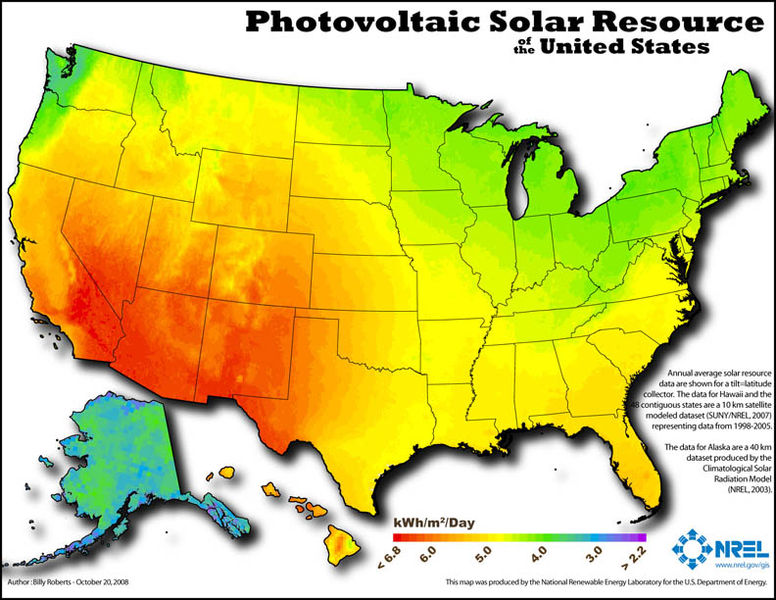
Here’s how much sun United States gets (hours per day) in a Year
The cost also depends on whether you’re aiming for a Grid-Tie or Off-Grid Installation. These are the terms that you’ll hear often when reading about solar installations.
- A Grid-tie solar installation means its connected to the utility company’s power lines
- Off-grid systems are implemented in locations that are far too remote to receive service from a utility company. These are also common in countries where there’s no policy of the utility company paying back the user.

Typical Off-Grid Solar Energy System Cost
Typical Grid-Tie Solar Energy System CostDepending on where you’re located and the design of your system, a typical home installation usually incurs the following costs:
Equipment Costs (around 45% of the overall costs), which includes:- Solar panels
- Power inverter
- Mounting hardware
- Wiring
Installation and Permitting Costs (around 25% of the overall price):- System Installation
- Permits, Inspection & related Fees
Sales, Marketing, and Operational Costs (around 30% of the overall price):- Monitoring equipment and/or services
- Maintenance/Repairs
- Additional operational and overhead costs

When Do You Recover the Money?
Even though environmental concerns drives many to consider implementing solar projects, most of the time its the economic incentives that makes them take the decision to go ahead with the installation.This is what many want to know, considering the amount that gets invested in such projects. Most of the time, it offers an ROI which is in line with other home improvement and remodeling projects.
To calculate the payback period, you need to have following information:
- Final installed cost per watt
- Electricity cost per kWh in the area
- Average number of sunlight hours in your location.
You can then use the chart below to find the payback period.
It shows how the value of electricity generated (cents per kWh) and the cost paid (dollars per watt) to install a solar energy system affects the payback period.
The best scenario for you would be where “The solar system put in place is less expensive, and the electricity rate in your area are higher”. In that case, the your payback period is the shortest.
Here’s an example from the graph. If the average electricity rate in your area is $0.30 per kWh and the system was $4 per watt to install, then you can expect the payback time to be just under 10 years.
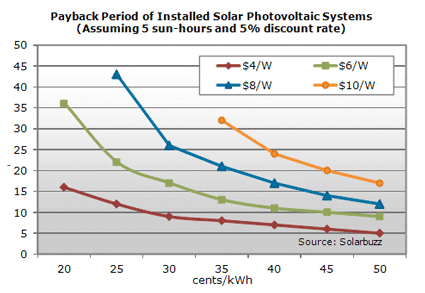
Payback time is also dependent on a few factors:
- Financial incentives
- Financing rates
- weather conditions
If you’re in the UK, Germany or Japan, where you get lesser sunlight (as low as 2.5 sun hours per day), the cost per watt can go up to $8, which means the payback period goes up to 25 years.
Financial Incentives / Rebates / Discounts
Depending on which part of the world you’re located in, you could be entitled to rebates from the government. There are countries, where in addition to the Federal Tax Credit, you may also be entitled to solar rebates from the states.The US federal government, the UK government, and many other governments around the world offer business and residential tax incentives and rebates on the purchase and installation of solar energy systems. Depending on your location, these can cover between 10% and 60% of the total cost.
Some banks also allow solar system installations to be rolled into a mortgage or offer special rates and terms to finance solar projects/installations.
Obviously this is an attempt by various countries, along with hard lobbying by the big solar companies to make it more affordable for home owners to go solar.
However, with more people going green, rebate levels have been fluctuating and actually decreasing in several states. For the most comprehensive and up-to-date information about current state incentive level in the US, see DSIRE (the Database of State Incentives for Renewable Energy).
Solar Renewable Energy Certificate (SRECs)
Do you enjoy trading in stocks or forex? In that case, SREC is something that could excite you as well. Here’s what it means:Solar Renewable Energy Certificates (SRECs) or Solar Renewable Energy Credits are a form of Renewable Energy Certificate or “Green tag”. SRECs exist in states (such as such as Maryland, Massachusetts, New Jersey, and Pennsylvania) that have Renewable Portfolio Standard (RPS) legislation with specific requirements for solar energy, usually referred to as a “solar carve-out.
This simply means, as you generate more solar electricity from your setup, over time you’ll earn a lot more SRECs, which you can sell. If you combine this with the state and federal incentives, the cost of your solar system installation turns out to be much lower.
Here are some more things to know:
- In order to produce SRECs, your solar system must first be certified by state regulatory agencies
- 1 SREC = 1,000 kilowatt-hours (kWh) of solar electricity
- SREC prices can fluctuate and are determined by Market availability & SACP
SACP (Price of the Solar Alternative Compliance Payment) is the price that utility companies must pay if they don’t meet their renewable energy targets, which are set by the state’s Renewables Portfolio Standard (RPS).
Cost of Going Solar: Facts & Statistics
A recent survey suggests that a majority of people think that installing solar requires $20,000 or more in upfront costs, which is not true.Solar panel prices have dropped by half over the last 5 years.
Solar panels usually make up around 40-42% of the overall costs, the inverter adds around 10%. And the remaining goes in labor, cabling, roof fixing and installation.
Most homes in the United States require around 20 to 24 kWh of electricity every day, which can be served by an array of panels of 4 kW or more (based on 5 sun hours per day). The price estimate for such a setup would be from $15,000 to $20,000 (not taking any incentives into consideration).
A 24 panel 786 kWh grid tie system would be approximately $8k to $8k (as of July 2012 & doesn’t include cost of installation or racking) before any applicable financial incentives.
Comparing worldwide prices (2009 data), the average cost per watt installed of a 2-5kW residential solar power system was $4.70 in Japan, $7.70 in Germany and from $5-$11 in the United States based on a report by Renewable & Sustainable Energy Reviews.
Does it Work in Overcast Conditions?
A concern that many have is whether solar panels function when there is little sunlight, such as in winter. The simple answer is, yes because solar panels, despite the name, do not necessarily need direct, hot sunlight to produce electricity; but what they do need is light.In daytime, some of the sun’s rays are getting through to earth even when it is cold and overcast. Besides, you can also incorporate a charger in your solar powered system that stores electricity, which can be used later.
Checkout our large selection of popular solar panels and high-end solar chargers.
Are You Going to Use It?
Renewable energy technologies are getting cheaper, through technological change and through the benefits of mass production and market competition. Although hydropower remains the world’s leading renewable energy, solar and wind continue to dominate investment in new renewable capacity. They are quickly becoming the highest-profile renewable energies. And since most renewable energy policies worldwide focus on one or both of these resources, you may want to consider using them together.With this comprehensive guide here on harnessing Solar Power, you can plan the ideal independent power system for your requirement. You’ll understand how a power system works, be able to talk intelligently with equipment suppliers about your needs, and have the necessary tools to make and manage your own electricity.
Beyond the efficient production and consumption of electrical power, this website offers a window to the world of independent living. Be it for your home or a boat at sea, or temporarily in a recreational vehicle.
Living independently does not mean being isolated or doing without, but rather having the opportunity and the ability to take control of your life, to live simply yet elegantly, and to have the courage to follow your own path when convention defies common sense.
More and more people are realizing that independence of this nature tends to empower individuals, strengthen families and rejuvenate small communities.
Applicable to diverse regions, climates & budgets, this is one of the solutions for a world of climbing energy costs.
So start exploring the various options to harness Solar energy.
Useful Solar Products
 Goal Zero 19010 Guide 10 Plus Small Adventure Kit
Goal Zero 19010 Guide 10 Plus Small Adventure Kit
This kit fits perfectly in most backpacking/camping bag and is perfect when out for camping. Tou can easily charge your iPhone and iPad with this. The kit consists of a solar panel, cables, battery pack and batteries, and it weighs about 1 lbs 6 oz.This is a much better alternative than packing batteries and also worry about where to find them in case you run out of batteries.
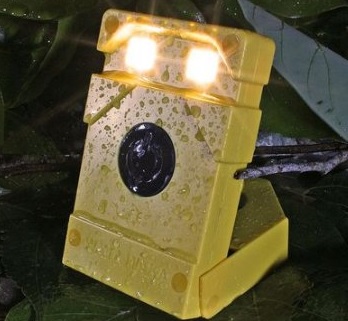 Wakawaka Solar Lamp
Wakawaka Solar Lamp
Charge it for eight hours in the sun and you get a full night of bright, usable light. The design is compact and convenient, and perfect for camping trips, hiking, and as in-home reading light. The internal battery should last about 3 years if you use it daily.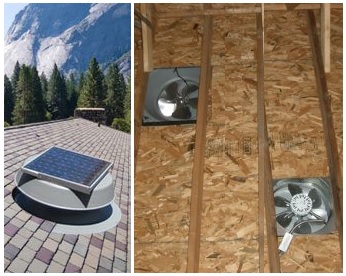 Solar Attic Fan 20-watt
Solar Attic Fan 20-watt
Top quality Solar Attic Fan that comes with all the necessary installation hardware. You can experience the difference right away, when you install it.Now you can save on your air conditioning costs as well.
Your Comments / Discussion
Please leave a comment below or share your experiences, in case you’ve purchased solar panels and/or had a solar system installed in the past.
References:
What is holding back the growth of solar power?
https://www.theguardian.com/sustainable-business/2016/jan/31/solar-power-what-is-holding-back-growth-clean-energy
Will switching all energy and industry to renewable energy significantly slow down the greenhouse effect on Earth? (Dariusz Prokopowicz)
https://www.researchgate.net/post/Will_switching_all_energy_and_industry_to_renewable_energy_significantly_slow_down_the_greenhouse_effect_on_Earth
The roadblocks in India’s efforts to be world’s greatest solar energy success story
https://economictimes.indiatimes.com/industry/energy/power/the-roadblocks-in-indias-efforts-to-be-worlds-greatest-solar-energy-success-story/articleshow/65823626.cms?from=mdr
GET INSTANT HELP FROM EXPERTS!
- Looking for any kind of help on your academic work (essay, assignment, project)?
- Want us to review, proofread or tidy up your work?
- Want a helping hand so that you can focus on the more important tasks?
StudyMumbai.com is an educational resource for students, parents, and teachers, with special focus on Mumbai. Our staff includes educators with several years of experience. Our mission is to simplify learning and to provide free education. Read more about us.

Leave a Reply
You must be logged in to post a comment.